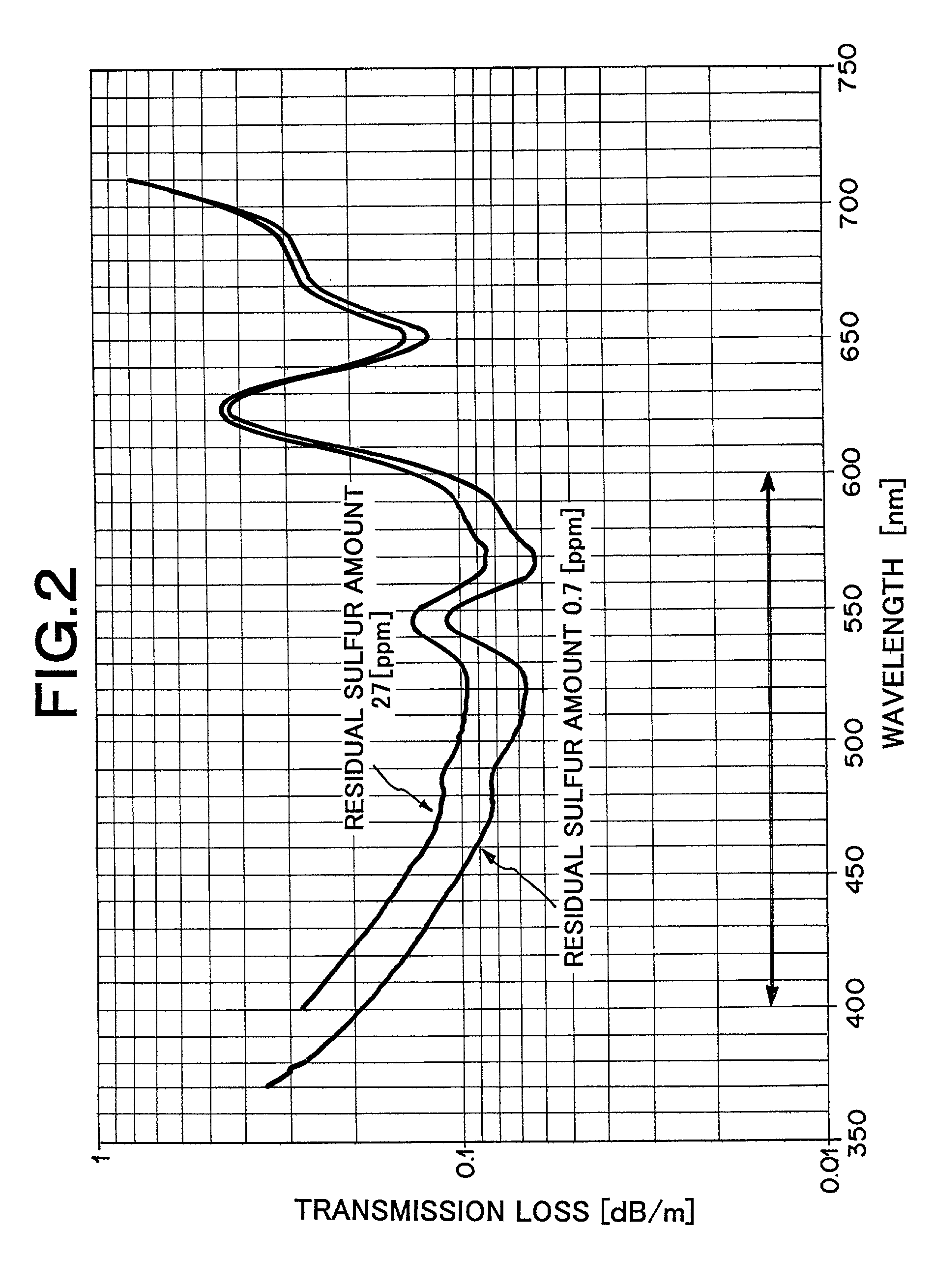Optical communication apparatus
a technology of optical communication and optical fiber, which is applied in the direction of transmission monitoring, instruments, transportation and packaging, etc., can solve the problems of increasing the transmission loss of plastic optical fiber, increasing the wavelength of emitted light, and prone to variation in the wavelength of light emitted from a light source, so as to achieve long-distance transmission and excellent heat resistance
- Summary
- Abstract
- Description
- Claims
- Application Information
AI Technical Summary
Benefits of technology
Problems solved by technology
Method used
Image
Examples
example 1
[0072]The optical communication apparatus shown in FIG. 1 was disposed in a thermostat, and the temperature characteristic at the transmission level was measured. FIG. 4 shows the result thereof. In FIG. 4, the light amount level at a temperature of 25° C. is indicated as 0 dB. In the optical communication apparatus used, it was confirmed that the transmission level was stable in a broad temperature range of 0 to 85° C. and the heat resistance was excellent.
[0073]Next, the transmission loss characteristic of the plastic optical fiber 2 used for the optical communication apparatus at 85° C. under a dry condition was measured with respect to the time. As a result, no increase of the transmission loss at 570 nm in wavelength was observed after 1000 hours.
[0074]From the above result, it was found that in the optical communication apparatus used in Example 1, both the light-emitting element and the optical fiber had excellent heat resistance, and 300 m long-distance transmission could be...
example 2
[0075]The optical communication apparatus was designed in the same construction as Example 1 except that a green light emission diode was used in place of the yellow light emission diode 14.
[0076]The green light emission diode used was based on InGaN type, and at the current value of 20 mA, the maximum light emission wavelength was equal to 525 nm, the full width at half maximum was equal to 20 nm, and the total emitted light amount was equal to 3 dB. The average transmission level of the optical transmitter 1 was equal to −7 dBm. The average minimum photodetecting sensitivity of the optical receiver 3 satisfying BER of 10−7 or less in the 20 kbps NRZ signal transmission was equal to −41.0 dB at the wavelength of 525 nm.
[0077]Like Example 1, the heat resistance test of the optical communication apparatus was carried out. FIG. 4 shows the result thereof. In the optical communication apparatus used in Example 2, it was found that the transmission level was stable in a broad temperatur...
example 3
[0080]The optical communication apparatus was designed in the same construction as Example 1 except for use of a plastic optical fiber 2 in which the residual sulfur amount in the core was equal to 27 ppm and the content of sulfur atoms bound to the polymer was equal to 590 ppm (the wavelength-dependence of the transmission loss is shown in FIG. 2).
[0081]The transmission loss measured with collimated light at the wavelength of 570 nm was equal to 0.09 dB / m. The transmission loss when the optical transmitter 1 was connected was increased up to 0.13 dB / m because the loss due to the spreading of the wavelength of the yellow light-emitting diode 14 and increase of loss caused by higher mode components.
[0082]Like Example 1, the transmission loss characteristic of the plastic optical fiber 2 was measured with respect to the time. As a result, an increase of the transmission loss of about 0.005 dB / m at the wavelength of 570 nm was observed after 1000 hours.
[0083]From the above result, the ...
PUM
| Property | Measurement | Unit |
|---|---|---|
| light emission wavelength | aaaaa | aaaaa |
| light emission wavelength | aaaaa | aaaaa |
| light emission wavelength | aaaaa | aaaaa |
Abstract
Description
Claims
Application Information
 Login to View More
Login to View More - Generate Ideas
- Intellectual Property
- Life Sciences
- Materials
- Tech Scout
- Unparalleled Data Quality
- Higher Quality Content
- 60% Fewer Hallucinations
Browse by: Latest US Patents, China's latest patents, Technical Efficacy Thesaurus, Application Domain, Technology Topic, Popular Technical Reports.
© 2025 PatSnap. All rights reserved.Legal|Privacy policy|Modern Slavery Act Transparency Statement|Sitemap|About US| Contact US: help@patsnap.com



